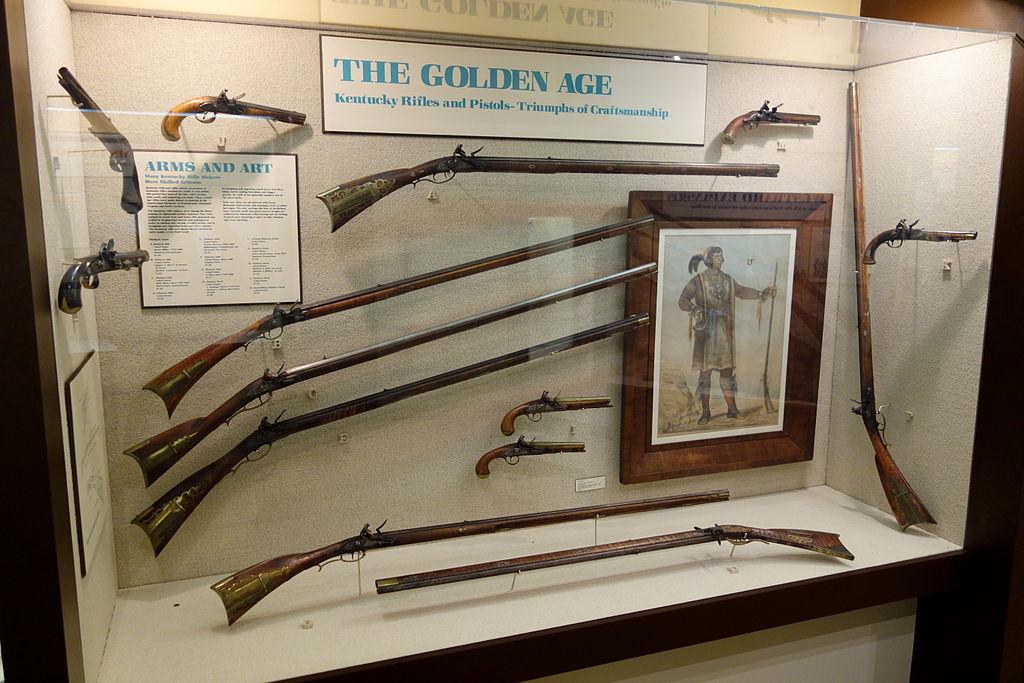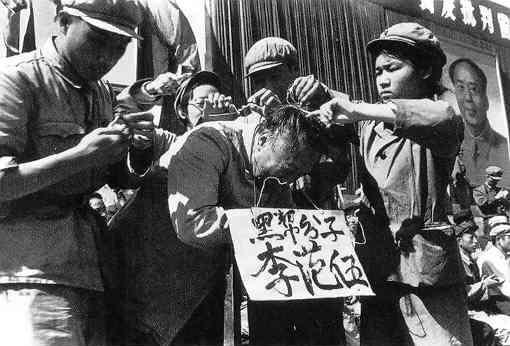Commentary
Without firearms, there would have been no independence or liberty to celebrate on the Fourth of July. The most famous firearm of early America—the iconic Pennsylvania-Kentucky rifle—was created by American freedom and became central in the preservation of that freedom.





